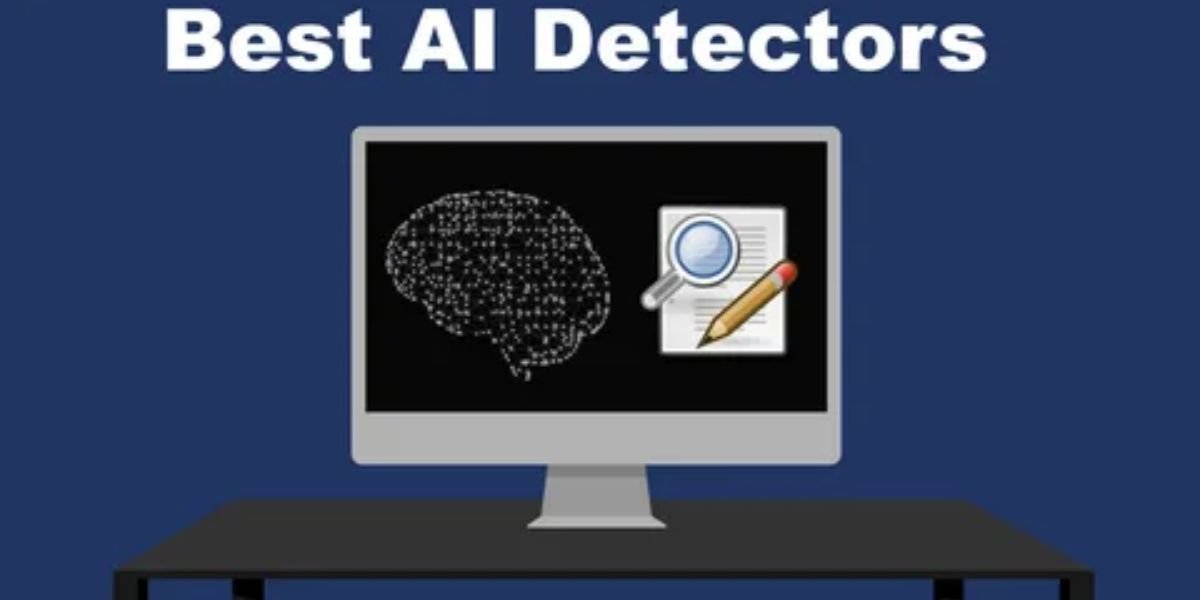I spend a lot of my week evaluating student essays, client blog posts, and marketing copy that may or may not have originated in ChatGPT. Inevitably, someone asks, “Can you just run it through an AI detector?” The short answer: yes, but only as a first pass. Below is what I’ve learned after 18 months of testing leading tools such as GPTZero, OriginalityAI, Copyleaks, and Smodin’s AI Content Detector across thousands of documents.
How AI Detectors Actually Work
Most commercial detectors, including any AI detection tool for students, use large-language-model (LLM) classifiers trained to spot the statistical fingerprints of machine-generated prose. Instead of looking for plagiarism, they analyze the “texture” of the language itself.
Inside the Algorithmic Black Box
Every sentence can be scored for two key metrics:
- Perplexity. How surprised a reference model is by each token (word or sub-word) that appears. Lower perplexity often means the text follows the tidy probability curves LLMs love.
- Burstiness. How much the perplexity score varies from one sentence to the next. Human writers are spikier; we jump from plain to poetic without warning.
Detectors blend those metrics with features such as sentence length, stop-word frequency, and syntactic variety, then train a classifier on a labeled set of “human” and “AI” passages. When you upload a paper, the tool spits out a probability typically expressed as a color-coded bar or percentage that the text is machine-written.
Because the underlying math is probabilistic, no vendor can claim perfect accuracy. The best they can do is bias the model toward a lower false positive rate (incorrectly flagging human work) while still catching obvious AI drafts.
What Detectors Get Right: Current Strengths
AI detectors are surprisingly good at identifying untouched, straight-from-the-model output.
Catching Pure AI Drafts
In a large independent benchmark published in 2024, GPTZero correctly labeled 99% of clean ChatGPT outputs and only misidentified 0.24% of authentic human essays. OriginalityAI and Copyleaks trailed but still cleared 85% accuracy on unedited AI text. Smodin’s own internal study (summer 2025) reports 91% accuracy for AI passages and 99% for human ones. Numbers differ by dataset, yet reviewers generally agree: if you paste raw model text, any modern detector will light up like a pinball machine.
Multilingual and Academic Use Cases
Most top-tier tools now scan 30-100 languages. That matters for universities that receive assignments from international students, or global brands juggling English, Spanish, and Korean marketing copy. Detectors also excel at flagging the formulaic five-paragraph essays students often ask generative AIs to spit out. When the structure follows a predictable template, the statistical signals become louder.
Where Detectors Fall Short
The hype evaporates the moment a human intervenes, even lightly.
False Positives on Creative Prose
Creative writers beware: detectors sometimes punish originality. I’ve had GPTZero assign a 45% “AI probability” to a poem I wrote by hand simply because I used tight internal rhyme and repeated motif patterns that resemble the low-burstiness style of an LLM. OriginalityAI’s own documentation concedes a 1-5% false positive rate, which sounds small until you grade a class of 200 essays and mistakenly flag eight students.
The Arms Race With Rewriters and “Humanizers”
Tools such as Smodin’s AI Humanizer or Undetectable.ai exploit known weaknesses in detection models. They shuffle sentence order, introduce idioms, vary clause length, and swap synonyms, all while preserving meaning. In my tests, lightly humanized text drops GPTZero’s confidence from 98% to about 40%. Paraphrased passages often fall below the typical institutional threshold (15-20% AI probability) and sail through unchallenged.
Even manual tweaks work. Add a few personal anecdotes, reorder paragraphs, or inject typos, and accuracy plunges. A co-author and I once reduced OriginalityAI’s score from 92% to 18% by spending five minutes rephrasing topic sentences.
Dataset Drift and Model Updates
Generative AIs evolve monthly. A detector trained on GPT-3 fingerprints can stumble on GPT-4o or Anthropic Claude 3 Sonnet output, never mind open-source models fine-tuned on niche domains. Vendors push updates, but there is always a lag. Until July 2025, for instance, Copyleaks struggled with French AI text because its training set underrepresented non-English samples.
Practical Advice for Writers, Educators, and Digital Pros
Detectors are useful triage tools, not lie detectors. Here’s how I deploy them responsibly.
Use Detectors as a Signal, Not a Verdict
I run suspicious passages through two systems, usually GPTZero plus either OriginalityAI or Smodin. Consistent high scores (>80%) across both raise my eyebrows; mixed results send me back to the manuscript. A single flag never triggers disciplinary action in my classes. Instead, I meet with the student, review their draft history, and ask process questions (“How did you develop your thesis?”).
Combine Tech With Context
Look for mismatches: advanced vocabulary in the body but clumsy wording in the outline, citations that don’t exist, or references dated after the author’s claimed completion date. In marketing, watch for brand guidelines ignored or region-specific slang missing. These contextual clues often reveal a synthetic origin long before an algorithm does.
Stay Transparent With Clients and Learners
Tell your team or students which tools you use and how you interpret results. Share screenshots of probability scores. Transparency lowers the temperature and turns the conversation toward revision rather than punishment.
Keep an Eye on Vendor Roadmaps
Pricing and performance change fast. Smodin’s free tier now offers three weekly detection checks, while GPTZero recently introduced a Scan-Everything API that bundles plagiarism and AI detection for enterprises. If AI auditors matter to your workflow, budget time each quarter to re-evaluate which combination of tools gives you the lowest false positive risk at a tolerable cost.
Read more:
Top 7 Text-to-Speech AI Tools for Creating Soothing Skincare Voiceovers
Conversational AI and the Rise of Intelligent Interactions in Business
Bottom Line
AI detectors undeniably help spot large blocks of machine-written text, especially in academic or SEO-driven settings. Yet they remain probabilistic predictors, not crystal balls. A diligent writer can beat them with minimal effort, and a creative human can be mistaken for a bot. Take each score as a single hint in a series of clues, integrate it into a larger editorial / instructive procedure, and bear in mind that actual dialogue between teacher and pupil, editor and writer, brand and freelancer beats any program.
















